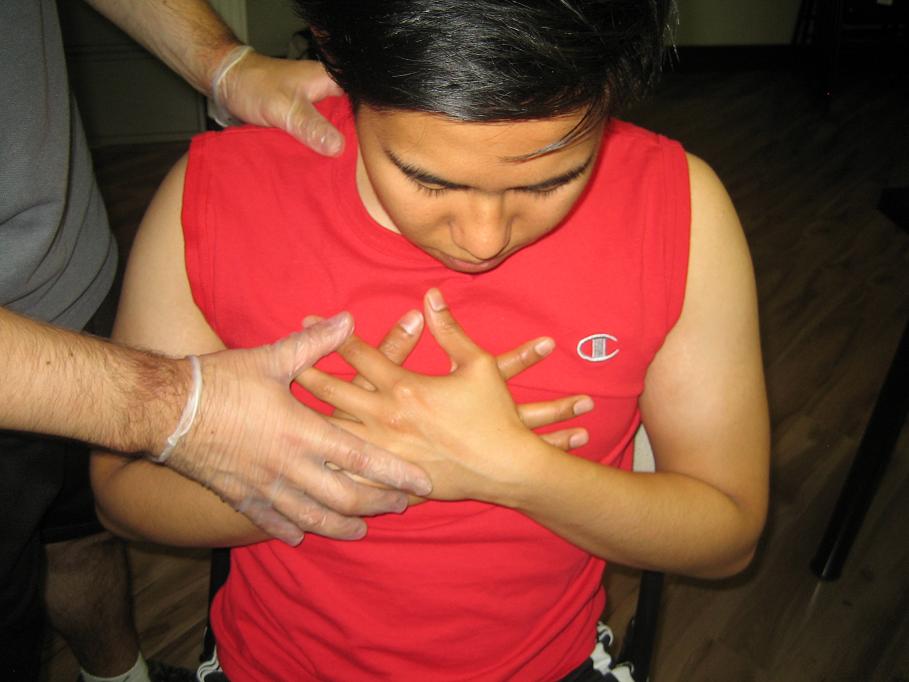Urticaria is more commonly known as hives. It is a condition affecting the skin and manifests as red bumps that are itchy with red rashes. In most cases, the condition may resolve quickly but it can become a major emergency case when it is accompanied by complications like a serious allergy attack. Urticaria is considered to be a common skin condition that affects about 20% of the population worldwide.
What can cause an urticaria attack?
Hives may be triggered by an external irritant that causes the body to react negatively resulting to the autoimmune response of the body to it. The irritant may be ingested or may come in contact to the skin and this may induce an allergic reaction or response to the body causing the release of chemical called histamine. Histamine is responsible for the manifestation of the symptoms of hives like itching, redness and inflammation. The irritant may be sourced from the foods we eat, medications, insect stings, cosmetic products, an existing infection, extreme exposure to either cold or heat and chemicals.
Urticaria linked to allergy
There is a strong link to a hive attack to allergy. The common foods that can trigger the reaction include berries, eggs, fish, tomatoes, nuts, shellfish, milk and chocolates. People with hives often come to see a dermatologist who can run a test to identify the specific cause or source of the allergic reaction. Alongside the allergy test is a blood work to eliminate or affirm the presence of other illness or infection that may also contribute to the allergic reaction.
How to manage in urticaria
Prevention is the best way to avoid an urticaria allergy attack. It is best to avoid products like soapsm lotions, perfumes and cosmetics that contain ingredients known to produce an allergic reaction to your body. Medicines can also produce urticaria reaction, common of which are ACE inhibitors, acetylsalicylic acid, penicillines, iodided and antiepileptic medications.

Administering an antihistamine medication will help relieve the symptoms arising from an allergic reactions. The drug can help relieve itching and swelling to the affected areas. This will help tone down the autoimmune response of the body to the irritant. Applying an anti-itch lotion like calamine will also ease the itching sensation. Washing the affected area with a cold water or cold cloth will produce soothing effect. Eliminating the allergens will also give relief to the person because in more serious attacks, the person may find it difficult to breath. In more serious allergic reactions of the body, it may result in emergencies that will require you to administer first aid treatment in order to prevent complications.
References:
American Academy for Dermatology. Hives: Diagnosis, treatment and outcome. Accesed May 31, 2014 from http://www.aad.org/dermatology-a-to-z/diseases-and-treatments/e—h/hives/diagnosis-treatment
Australasian Society of Clinical Immunology and Allergy. Urticaria (Hives). Accessed May 31, 2014 from http://www.allergy.org.au/patients/skin-allergy/urticaria-hives

